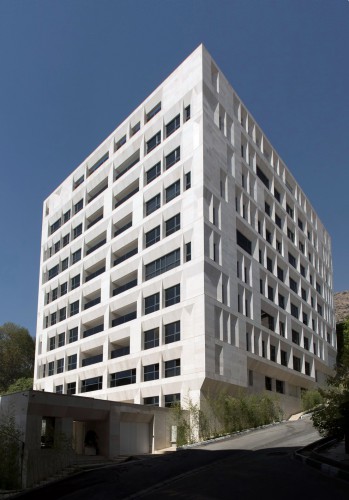Sipan Residential Building by Abbas Riahifard, Farinaz Razavi Nikoo.

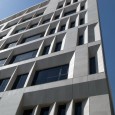
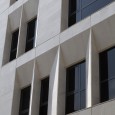
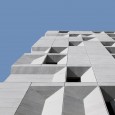
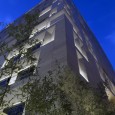
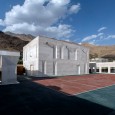

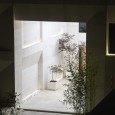
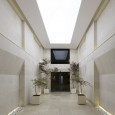
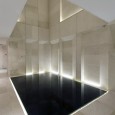
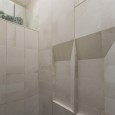
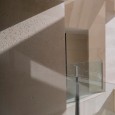
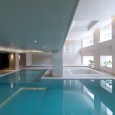
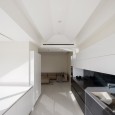
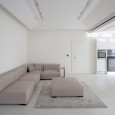

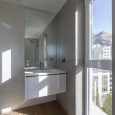
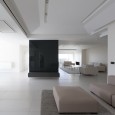
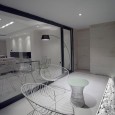
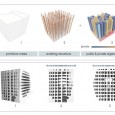
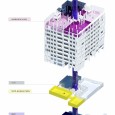

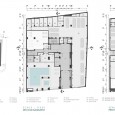
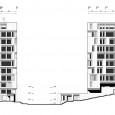
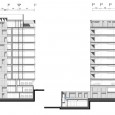
General Information
Name: Sipan Residential Building
Location: Tehran, Iran
Architecture Firm: RYRA Design & construction studio
Architects in Charge: Abbas Riahi Fard, Farinaz Razavi Nikoo
Design Team: Ali Ashouri,Ashkan Bagheri Aghdam,Saeed Bamdadi, Mahdi Yaghoubian
Detail design manager: Mahmoud Abbasi
Detail design: Navid Nasrollahzadeh,Yaser Karimian,MinaVakili ,Atefeh Lotfollahi, Soudeh Shahabi,Reyhaneh Rezaei
Visualization & graphic design team: Ehsan Esmaeelzadeh,Mohammad Gholipoor,Ebrahim Roostaee,Mostafa Mohammadi,Meroe Marino, Negar Abbasi
Control Project: Hamed Tabesh,Pedram Borazjani
Structural Consultant: Kamran Edraki
Mechanical & Electrical Consultant: Azmayesh Co & Associates
Construction Team: Ali Shahlavi
Supervisor: RYRA Design & construction studio (Behdad Taksokhan, Ali Aashouri, Mohammad Mousavi)
Area: 1600 sqm
Built Area: 12600 sqm
Date: 2011-2014
Type: Residential
Photos: Parham Taghioff, Mehdi Kolahi
Client : Mohsen Behfar, Ali Shahlavi, Mohsen Sadeghi
Awards: 2nd Place (Shared) in Memar Award in the section of residential buildings, 2014



